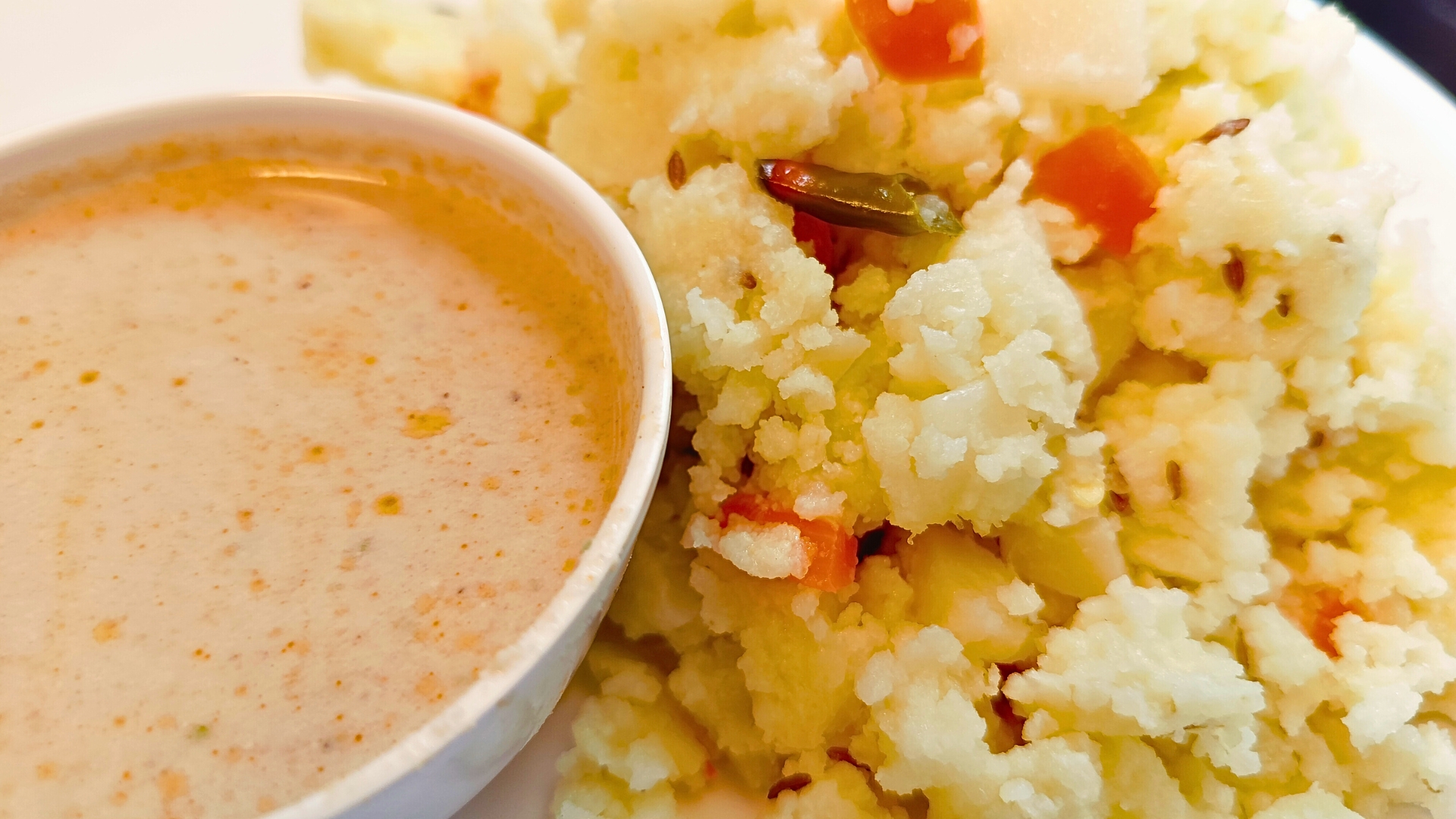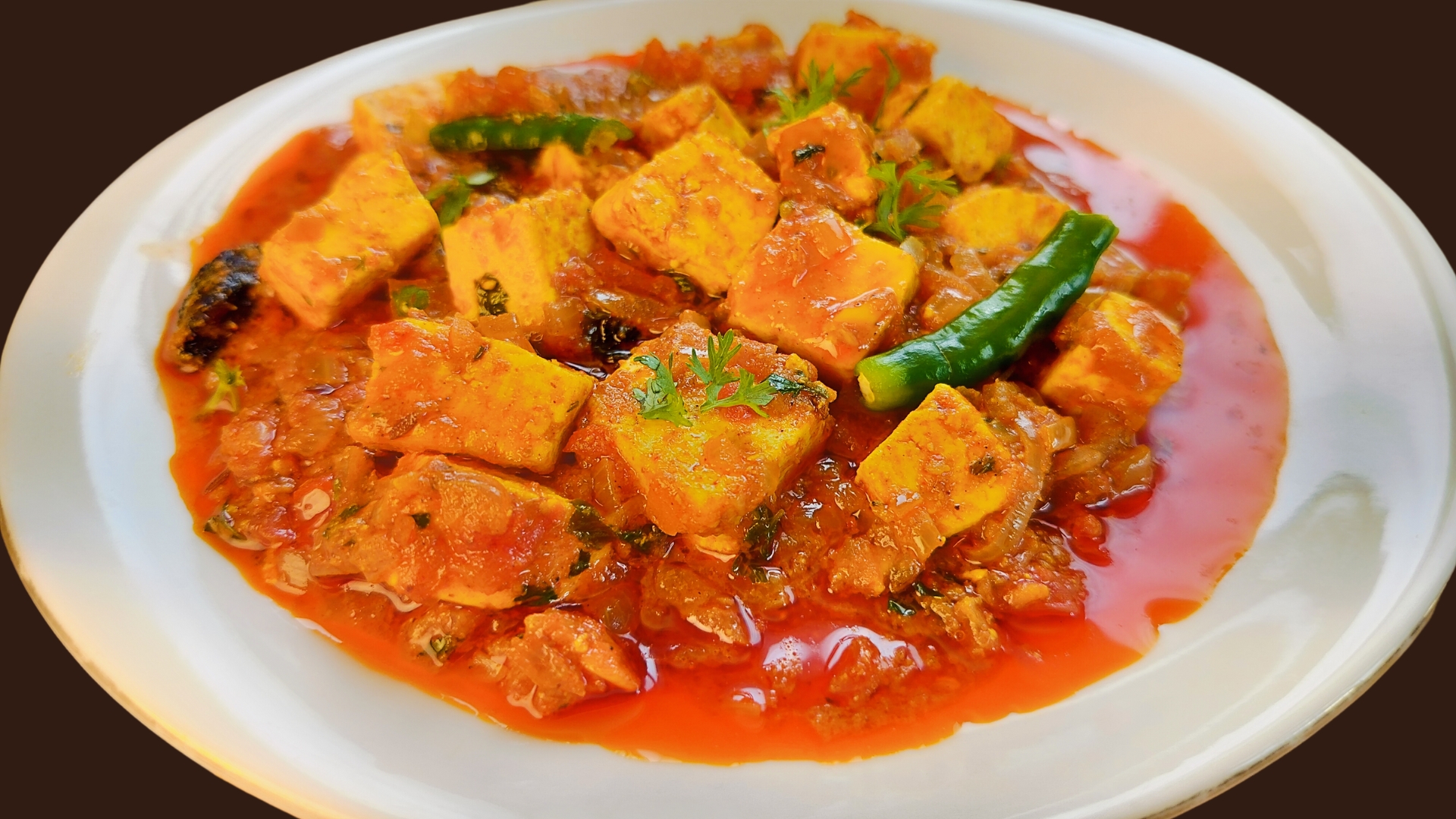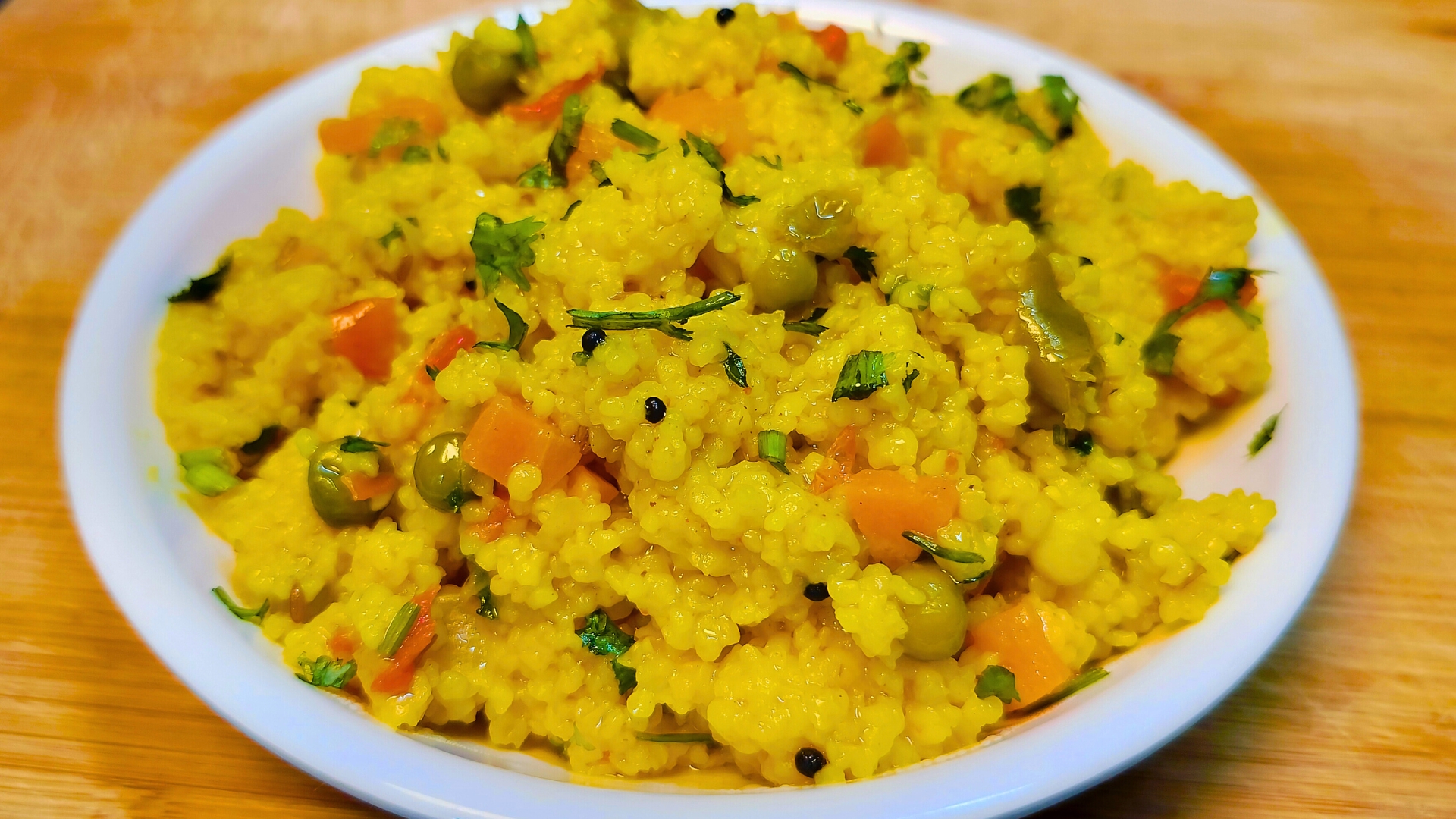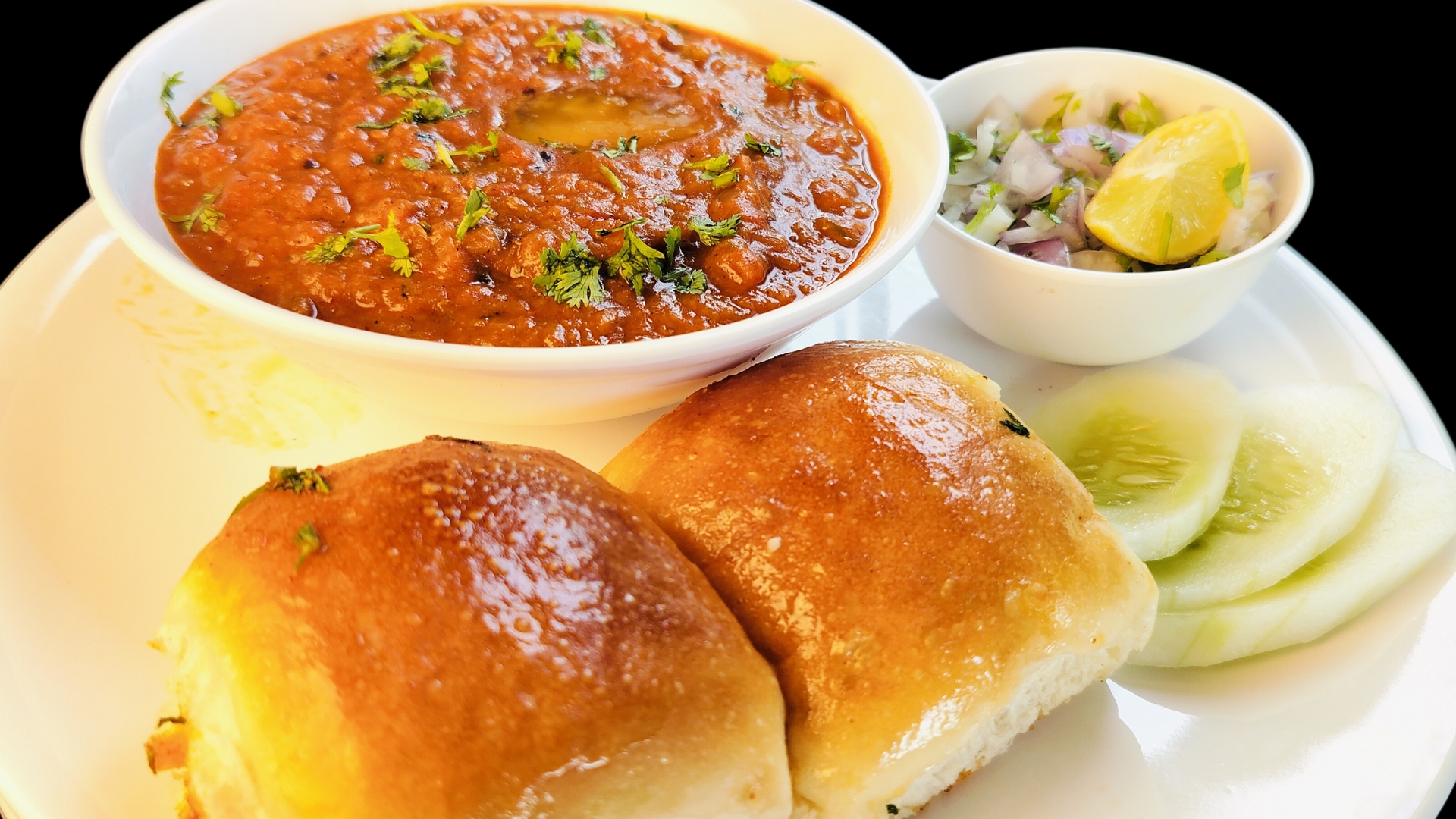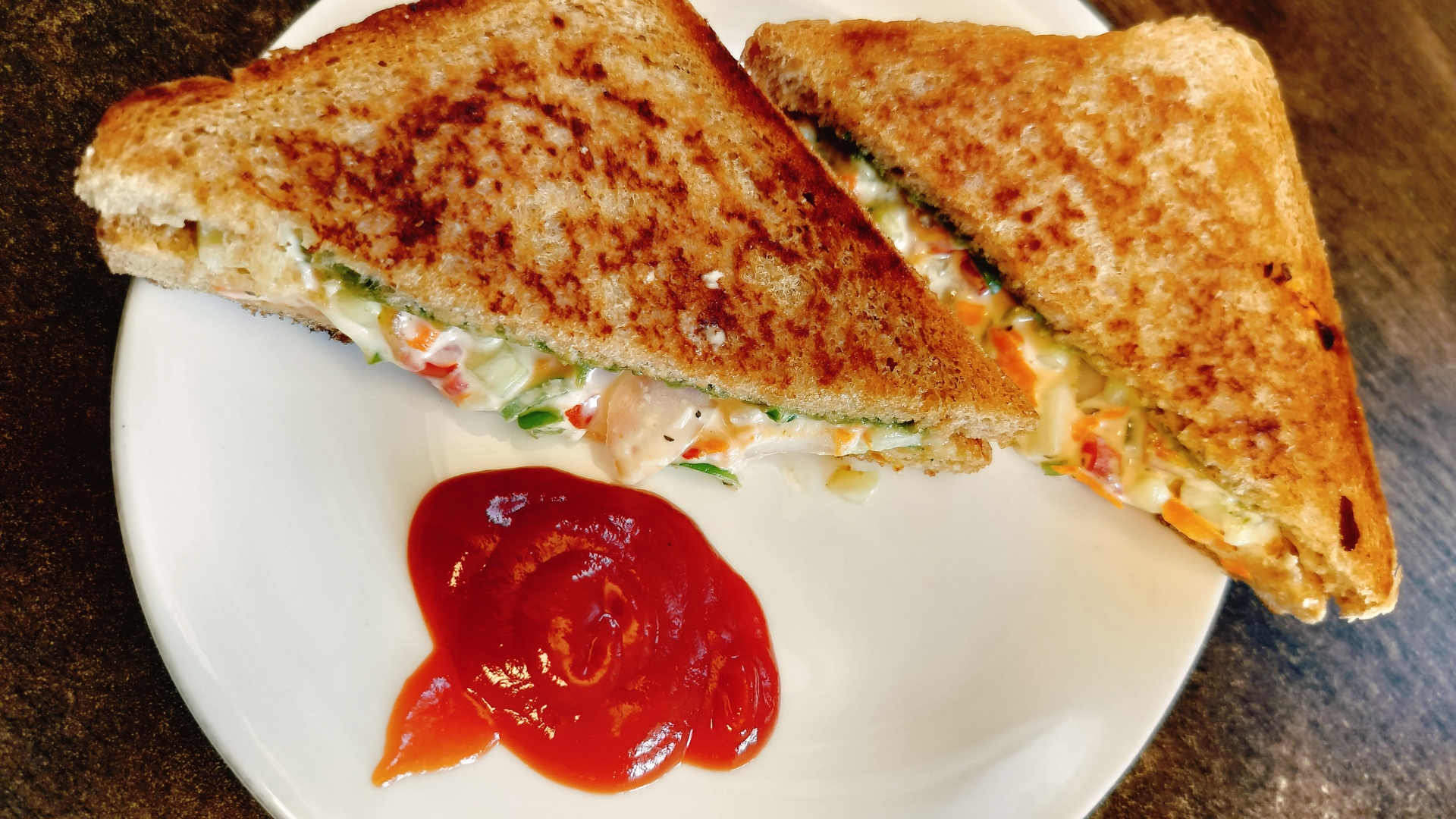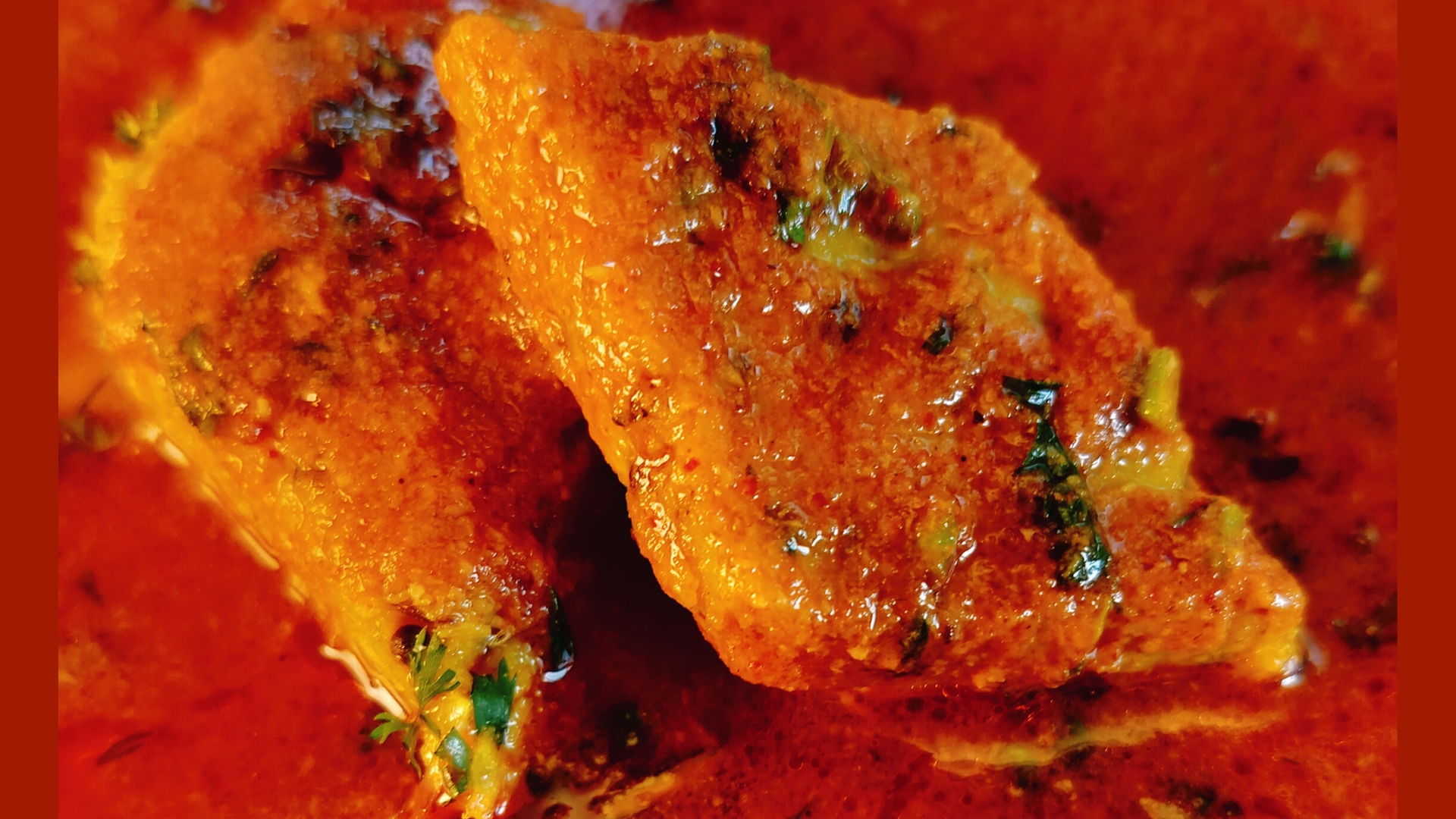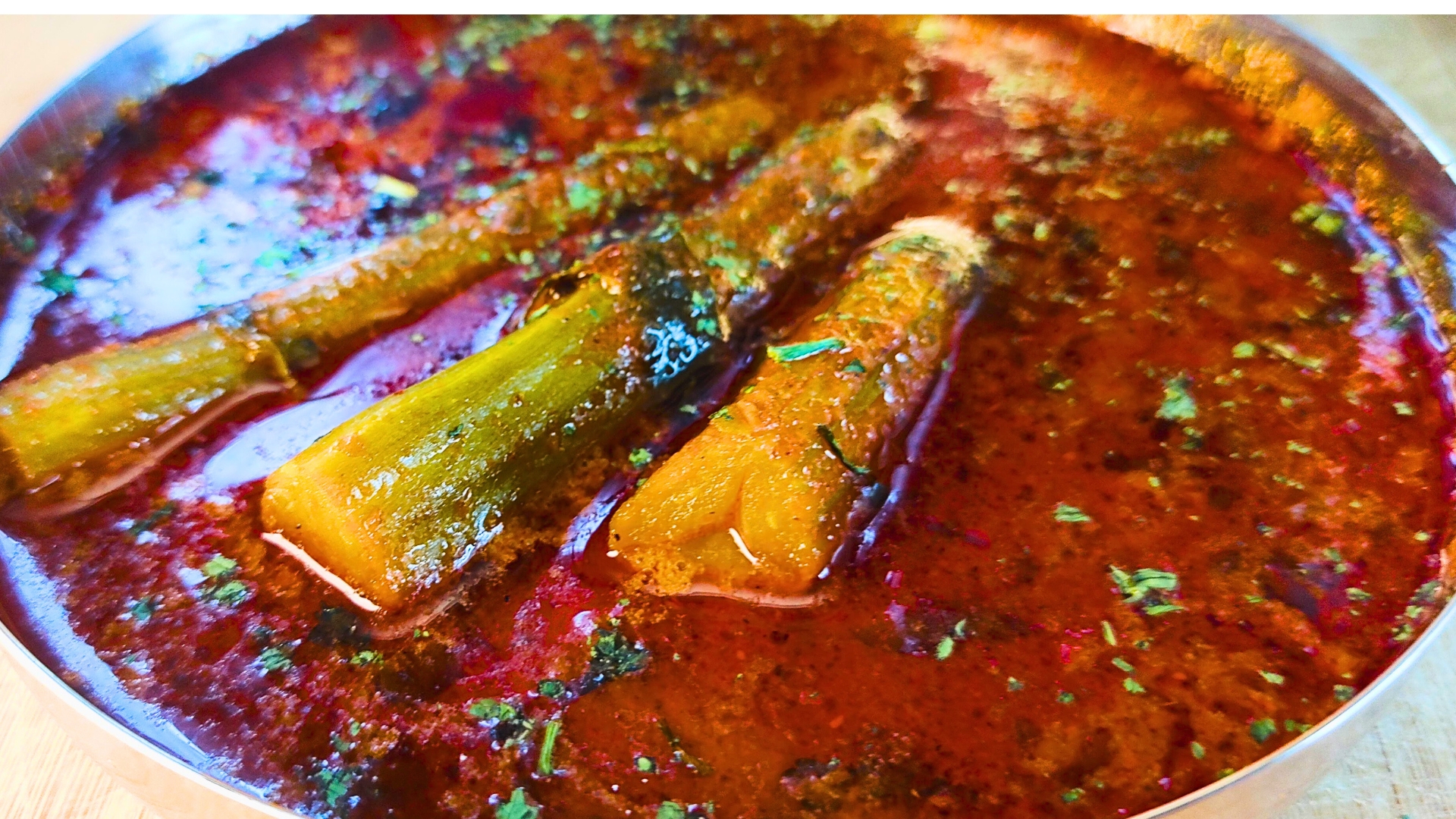Drumstick curry, also known as “Murungakkai curry” in South India, is a beloved dish that combines the unique flavor of drumsticks with a rich, spicy gravy. This dish is not only delicious but also packed with nutrients, making it a staple in many Indian households. Whether you’re new to Indian cuisine or a seasoned cook, drumstick curry offers a flavorful experience that’s hard to beat. Ingredients Main Ingredients Spices and Seasonings Optional Add-ins Step-by-Step Recipe Preparing the sticks Cooking the Curry Base Adding the Drumsticks Final Touches Tips for Perfection Choosing Fresh Sticks Ensure they are fresh and tender. Older sticks can be fibrous and tough to eat. Perfecting the Curry Consistency For a thicker curry, reduce the coconut milk. If you prefer a thinner consistency, add a little water. Balancing Spices Taste the curry as it cooks and adjust the spices accordingly. If it’s too spicy, add more coconut milk to mellow the heat. Serving Suggestions Ideal Accompaniments This curry pairs perfectly with steamed rice, chapati, or dosa. Presentation Tips Serve the curry in a deep bowl, garnished with fresh coriander leaves and a sprinkle of coconut flakes for an added touch of elegance. Common Mistakes to Avoid Overcooking the Sticks Drumsticks should be tender but not mushy. Boil them just until they start to soften. Using Too Much or Too Little Spice Balance is key in this dish. Too much spice can overpower the delicate flavor of the sticks, while too little can make the curry bland. Ignoring the Importance of Fresh Ingredients Fresh ingredients, especially spices and sticks, make a significant difference in the flavor of the curry. History and Origin Traditional Roots This curry has its roots in South Indian cuisine, particularly in Tamil Nadu and Kerala, where drumsticks are a common vegetable in daily cooking. Evolution of the Recipe Over time, this dish has evolved, incorporating various regional spices and cooking techniques, making it a versatile and cherished recipe across India. Health Benefits Nutritional Value These are rich in vitamins A, C, and K, calcium, and iron. They are known for their anti-inflammatory and antioxidant properties. Benefits of the Spices Used The spices in this curry, such as turmeric and cumin, have numerous health benefits, including anti-inflammatory effects and aiding digestion. Variations Vegan/Vegetarian Options While the traditional recipe is vegetarian, you can easily make it vegan by ensuring no dairy-based products are used. Adding more vegetables like potatoes, carrots, and peas can enhance the nutritional value. Regional Twists In some regions, tamarind pulp is added for a tangy flavor, while others might use yogurt to give a creamy texture. Regional Cuisines South Indian Cuisine In South India, drumstick curry is often made with a coconut-based gravy, enhancing its richness and flavor. North Indian Versions North Indian versions might use a tomato-based gravy with different spice blends, giving it a distinct taste. International Adaptations With the popularity of Indian cuisine worldwide, drumstick curry has found its way into international kitchens, often adapted to suit local tastes and available ingredients. Frequently Asked Questions (FAQs) Can drumstick curry be frozen? Yes, drumstick curry can be frozen for up to two months. Make sure to store it in an airtight container. How to store leftover curry? Store leftover curry in the refrigerator in an airtight container. It should be consumed within 3-4 days. Can I use frozen drumsticks? Yes, frozen drumsticks can be used if fresh ones are not available. Thaw them before cooking. What can I substitute for drumsticks? If drumsticks are unavailable, green beans or okra can be used as substitutes, though the flavor will differ slightly. How to reduce the spiciness of the curry? To reduce the spiciness, add more coconut milk or a small amount of sugar. This will balance the heat without altering the flavor too much. Drumstick curry is a delightful and nutritious dish that showcases the rich culinary heritage of India. By following this comprehensive guide, you can create a flavorful and authentic drumstick curry that will impress your family and friends. Enjoy the journey of making this traditional dish and savor the unique flavors it brings to your table. To know more about Drumsticks click here. Few of our other Trending Recipes: Misal Pav Recipe: A Spicy Delight from Maharashtra Pohe Recipe: A Step-by-Step Guide

